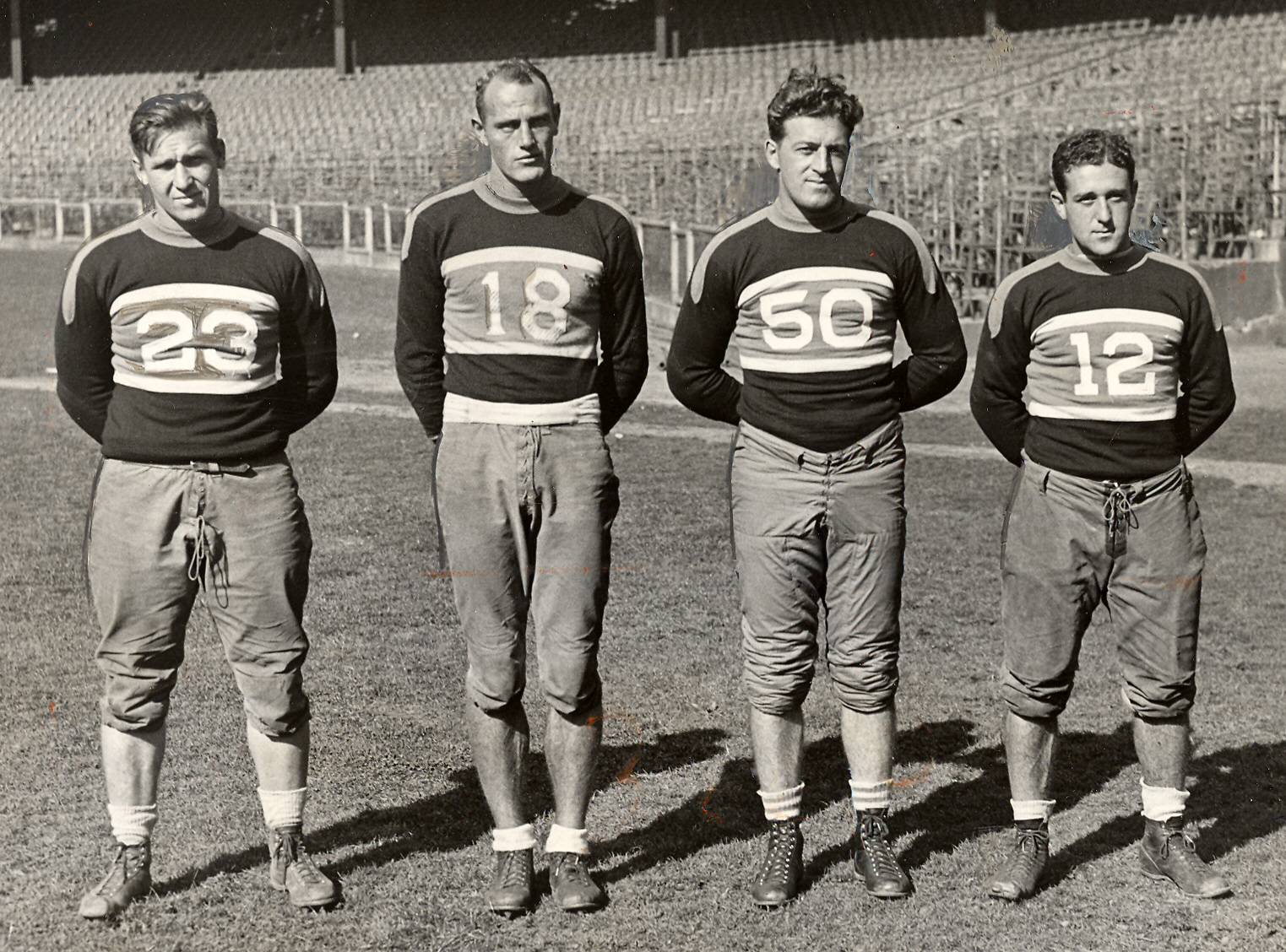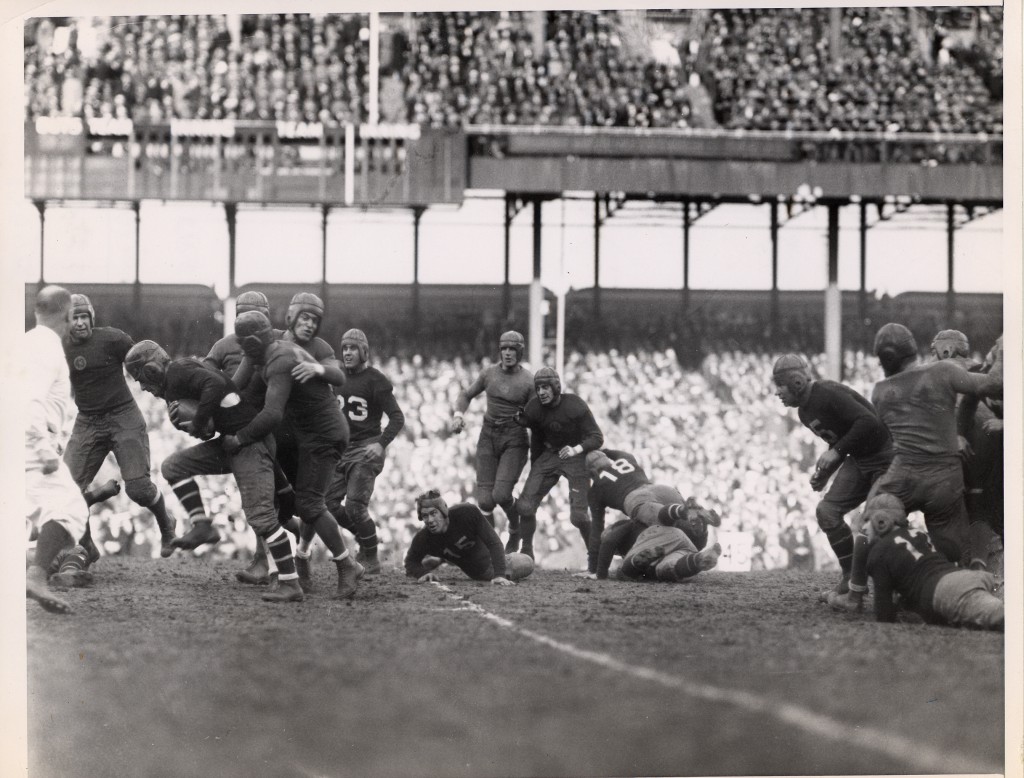
by Larry Schmitt | Mar 2, 2015 | Articles, New York Giants History
The 1933 season is the most significant in the National Football League’s early history. While being mired in the depths of the Great Depression, many significant changes were made during the offseason that ensured not only the fledgling league’s survival, but allowed...

by Larry Schmitt | Feb 13, 2015 | Articles, New York Giants History
by Larry Schmitt with contributions from Rev. Mike Moran for BigBlueInteractive.com The 1930 season was the NFL’s eleventh in operation. Although the circuit had made many significant improvements in its structure, organization and operation, it still was subordinated...




